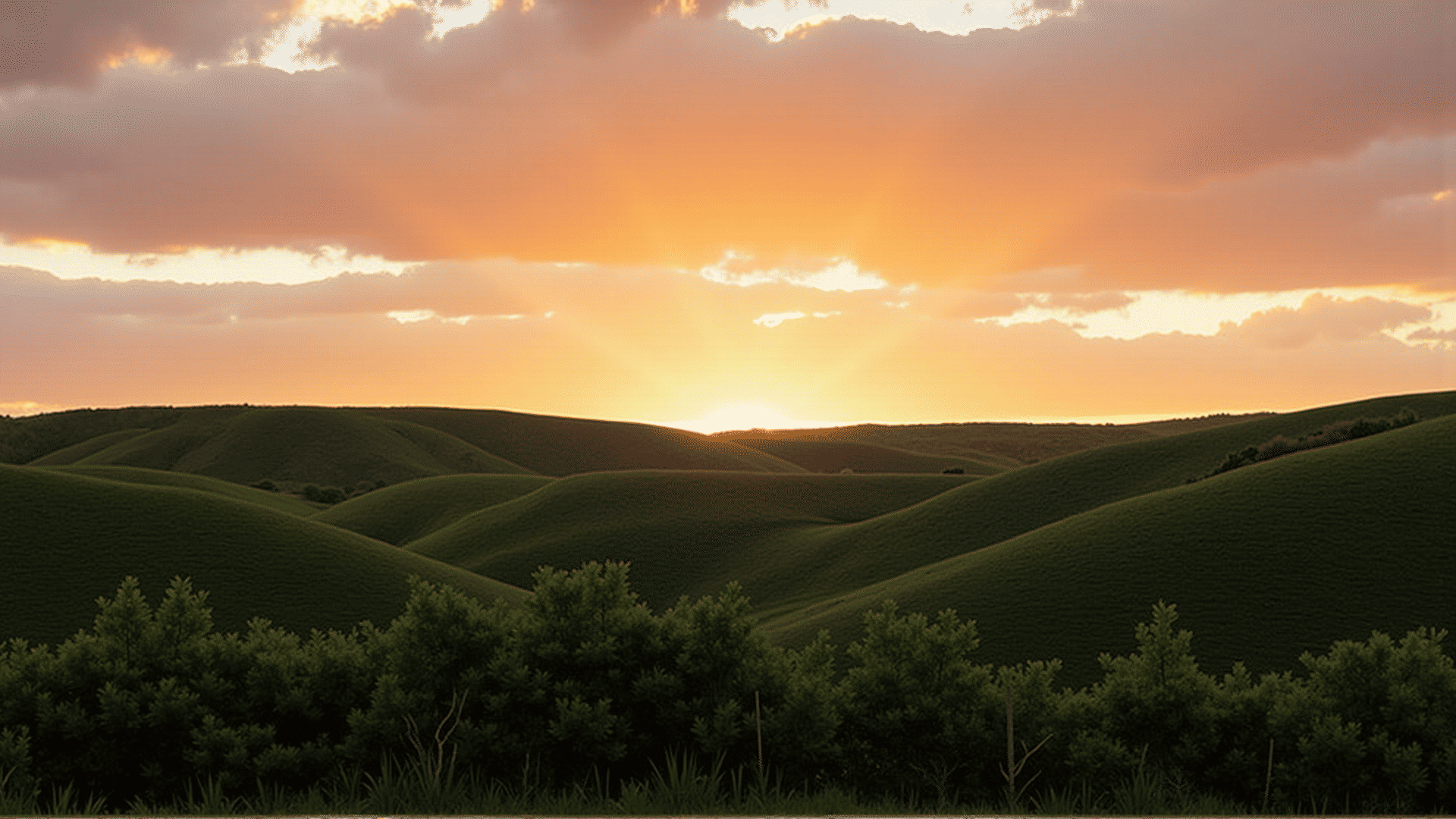Understanding camera exposure is essential for capturing stunning photos that are well-balanced and perfectly lit. Whether you are a beginner or an experienced photographer, mastering the fundamentals of exposure will significantly enhance your photography skills. Central to this is the concept of the exposure triangle, which comprises three elements: aperture, shutter speed, and ISO settings.
Aperture
Aperture refers to the size of the opening in the lens through which light enters the camera. Measured in f-stops (e.g., f/1.8, f/4, f/16), a larger aperture (small f-number) permits more light to hit the camera sensor, creating a shallow depth of field that beautifully blurs the background, making the subject stand out. Conversely, a smaller aperture (large f-number) allows less light but increases the depth of field, making more of the scene in focus.
Shutter Speed
Shutter speed determines how long the camera shutter remains open to let light in. It is measured in fractions of a second (e.g., 1/500s, 1/30s) or seconds for longer exposures. A fast shutter speed freezes action, ideal for sports or wildlife photography. On the other hand, a slower shutter speed allows for creative effects like motion blur in action shots or capturing the flow of water.
ISO Settings
The ISO setting controls the camera sensor's sensitivity to light. A lower ISO (e.g., 100, 200) is suitable for bright conditions, producing clean and noise-free images. As light diminishes, increasing the ISO can help maintain proper exposure, though it may introduce grain or noise. Balancing ISO is critical to avoid compromising image quality, especially in low-light conditions.
Balancing the Exposure Triangle
The key to achieving perfect exposure lies in balancing these three elements harmoniously. Adjusting one element necessitates compensating with the others to maintain optimal exposure levels. For instance, increasing the aperture to admit more light may require a faster shutter speed or a lower ISO to keep the image from becoming overexposed.
Practical Tips
-
Experiment with Automatic Modes: Many cameras offer modes like Aperture Priority or Shutter Priority, allowing you to control one aspect while the camera adjusts the others. This is a great way to learn how each component affects exposure.
-
Use Exposure Compensation: This feature allows slight adjustments to exposure levels set by automatic modes. Compensate for lighting conditions like a bright sky or dim indoors to prevent over or underexposure.
-
Practice in Different Conditions: Test various combinations of aperture, shutter speed, and ISO in different environments. This hands-on practice will deepen your understanding of how each element interacts with the others.
-
Keep an Eye on the Histogram: Utilize the histogram feature on your camera to check exposure levels. A well-exposed photo usually has a histogram with a full range of tones, without significant clipping in the highlights or shadows.
Mastering camera exposure, especially the nuances of the exposure triangle, empowers photographers to capture high-quality, evocative images regardless of lighting circumstances. By dedicating time to understand and manipulate these elements creatively, you can elevate your photography to new artistic heights.
